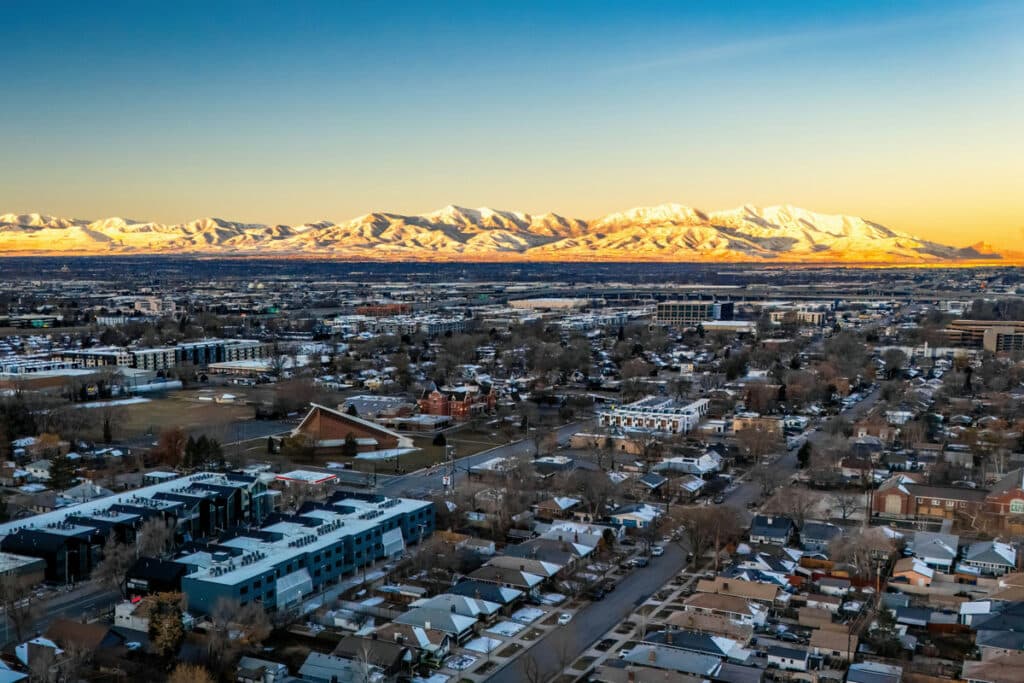Each city has specific building codes that serve as minimum standards for building construction. Instead of legally binding, these codes serve as standards for legal jurisdictions to utilize when creating regulations and statutes. Utah building codes protect public health, general welfare, and safety by regulating the construction and occupancy of buildings and other structures. These specific codes are laws enforced by the government or other private authorities.
Why is it important to understand building regulations and zoning laws as an architect? Architects must know and be familiar with rules to avoid potential problems with design and zoning ordinances. Buildings not built up to code cannot receive the appropriate occupancy permits, and zoning regulations determine what structures can be built in specific areas. Understanding both Salt Lake City building codes and zoning laws is critical to the architect’s and the project’s success.
Understanding Salt Lake City Building Codes
Any building within city limits must abide by current Salt Lake City building codes. In addition, all new construction must be designed with specific design criteria that ensure the building can withstand the weather in the area. Buildings must withstand a minimum pound of snow load per square foot and minimum residential wind speed. Codes also regulate site-specific seismic design, which must remain within site-specific parameters. Codes that regulate other design criteria also include soil parameters, flood hazards, average rainfall, climate zones, etc. City inspectors and other government officials review all the parameters of a project before it is allowed to proceed.
Zoning Requirements and Land Use
Zoning requirements regulate how a property can and cannot be used. In short, specific areas are zoned for specific uses. This interactive map divides the city into zones like Agricultural, Business Park, Central Business District, Light Manufacturing, Mixed Use, and more. Each zone has specific rules and regulations regarding what can be built in that space. Before planning a building, it’s imperative to check local zoning laws using this tool.
Salt Lake City has also established land use laws according to the state’s Municipal Land Use Development and Management Act (LUDMA). This land use law aims to protect and improve the city’s businesses and residents’ peace, morals, comfort, good order, convenience, and aesthetics.
Navigating the Permitting Process
The permit process can be time-intensive but go smoother with some knowledge and preparedness. Salt Lake City has plenty of online tools to assist you during the process. All applications must be submitted through the online portal. You’ll also find online checklists, payments, permit fee estimates, brochures, and much more on their website.
Architectural Compliance Guidelines & SLC Building Inspections
Utah building inspections must be scheduled throughout construction to ensure that buildings follow architectural compliance guidelines and city codes. If a building does not meet specific codes or guidelines, construction cannot proceed. You can schedule building inspections online, check the results of an inspection, learn more about the city’s inspection team, find information about how to pass an inspection, and more.
Think Architecture’s Commitment to Excellence
Navigating Salt Lake City building codes and zoning regulations can be complex and challenging. At Think Architecture, our award-winning architects know how to design and build new projects with a deft hand and knowledge of architectural design requirements. We offer various services you’ll need, including commercial architecture and construction management. For an exceptional architect near you in Salt Lake City, trust Think Architecture. Contact us today to get started.




